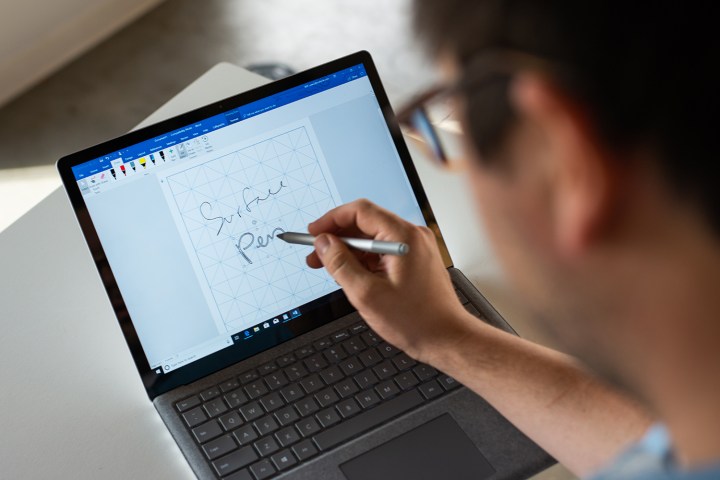
With Windows 10 getting major updates twice a year, the operating system is always seeing new improvements. In a new one of these updates, Microsoft is overhauling the Windows search feature, now beta testing indexing changes with Windows 10 19H1 Fast Ring build 18267.
Noted on the Windows Insider Blog, Microsoft’s search improvements involve enabling Windows to index and search all folders and drives, instead of limiting it to the default documents, pictures, and videos folders.
Currently, the feature is only available in preview testing and isn’t turned on by default. For consumers beta testing Fast Ring build 18267, it can be enabled by heading to Windows settings and selecting “Enhanced” under Windows search settings. The indexing will then take about 15 minutes and Microsoft recommends to plug in before starting since indexing can be a resource intense activity.
As the Windows Insider beta testing program often sets out to do, the change was built on the feedback of those who found that Windows search needed improvements.
“When the indexing is complete, you’ll be able to find all your files almost instantly when you use Windows Search. To exclude a folder from search, add it to the Excluded Folders list. Thanks for your feedback about search and the indexer. These improvements were made because of your input. Keep the feedback coming,” said Microsoft.
Microsoft is officially calling the new mode “Enhanced Search” and it will be interesting to see if it will make Windows searches more accurate and less painful. Regardless, the experience could still be buggy, as it is being previewed with an early beta version of the next update to Windows 10. The name can also change, too, and it might even be removed, as Windows 10 preview features have come and gone in the past.
This is just the latest set of changes coming in the next version of Windows 10 as a previous preview recently introduced the ability to remove more of the pre-installed Microsoft apps on a PC. The same Windows 10 19H1 Fast Ring build 18267 also adds in Vietnamese Telex and Number key-based keyboards, more symbols on the touch keyboard, and several improvements for Windows narrator.
There is still no solid date yet for when standard non-beta Windows users can expect these features on their PCs. Windows 10 updates are typically released around April and again around October.
Editors' Recommendations
- Scores of people are downgrading back to Windows 10
- Microsoft finally kills this legacy Windows app — for good this time
- The next big Windows 11 update has a new hardware requirement
- Surface Pro 10: all the major changes rumored for the new model
- The most common Windows 11 problems and how to fix them


